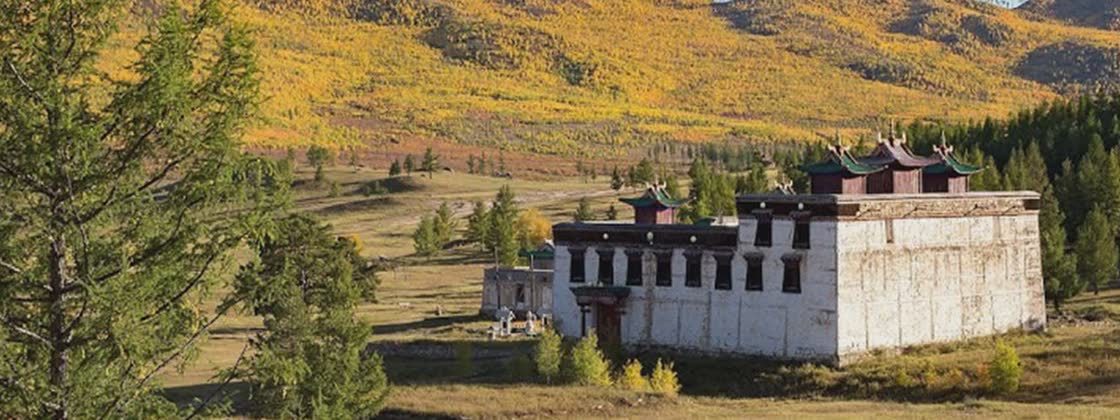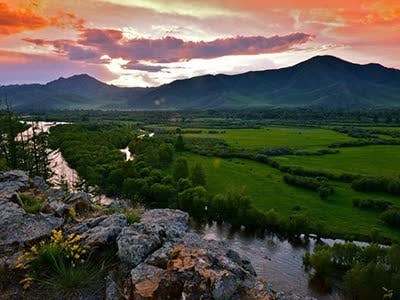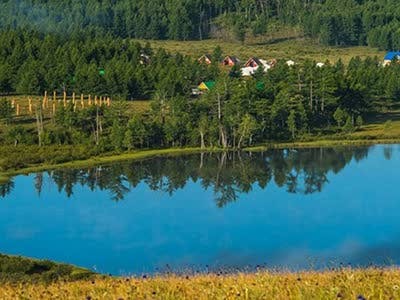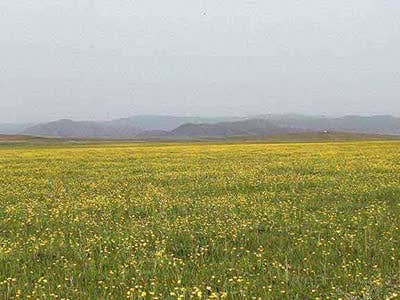The Baldan Bereeven Monastery
ABOUT THE BALDAN BEREEVEN MONASTERY
The Baldan Bereeven Monastery, also known as Baldan Bereeven Khiid, is a significant Buddhist monastery located in the Baruun Jargalant River Valley in the Dornod Province of Eastern Mongolia. Here is some information about the Baldan Bereeven Monastery:

- History: The Baldan Bereeven Monastery was established in 1654 by the Mongolian Buddhist scholar and poet Zanabazar, who was also the first Jebtsundamba Khutuktu (spiritual head of Tibetan Buddhism in Mongolia). The monastery served as an important religious and cultural center for centuries and played a significant role in preserving and spreading Buddhism in Mongolia.
- Architectural Beauty: The Baldan Bereeven Monastery features a unique blend of Tibetan, Mongolian, and Chinese architectural styles. The complex once consisted of around 60 temples, stupas, and other structures, spread over a vast area. The monastery's buildings were adorned with intricate carvings, colorful paintings, and exquisite Buddhist artwork.
- Cultural and Spiritual Significance: The monastery served as an important seat of learning and religious practice for Buddhist monks. It housed a large community of monks who engaged in religious rituals, teachings, and scholarly pursuits. The monastery was renowned for its religious ceremonies, including the performance of cham dances, which are traditional masked dances representing various Buddhist deities.
- Destruction and Restoration: Like many religious institutions in Mongolia, the Baldan Bereeven Monastery faced significant destruction during the communist era in the 1930s. It was heavily damaged, and its religious artifacts were looted or destroyed. However, in recent years, efforts have been made to restore and revive the monastery. Some of the buildings have been reconstructed, and religious activities have resumed, attracting both local and international visitors.
- Natural Surroundings: The Baldan Bereeven Monastery is situated in a picturesque location surrounded by the beautiful landscapes of Eastern Mongolia. The Baruun Jargalant River flows nearby, adding to the scenic charm of the area. The monastery is nestled amidst rolling hills and vast grasslands, providing a tranquil setting for spiritual contemplation and exploration.
Visiting the Baldan Bereeven Monastery offers a chance to experience the rich cultural and religious heritage of Mongolia. The restored buildings, the serene surroundings, and the remnants of its architectural grandeur provide a glimpse into the past glory of this important Buddhist site. It is a place where visitors can witness the revival of Buddhist traditions and immerse themselves in the peaceful atmosphere of a Mongolian monastery.
RELATED DESTINATIONS
Khan Khentii Mountain National Park is a protected area located in northeastern Mongolia, near the border with Russia. Here's some information about Khan Khentii Mountain National Park:
Blue Lake, also known as Khar Zurkh, is a picturesque alpine lake located in the Khovd Province of western Mongolia. It is renowned for its stunning blue color and pristine surroundings.
The Mongol Daguur Steppe and Wetland, also known as the Mongol Daguur Strictly Protected Area, is a vast and ecologically significant region located in northeastern Mongolia. It is one of the largest wetland areas in the country


